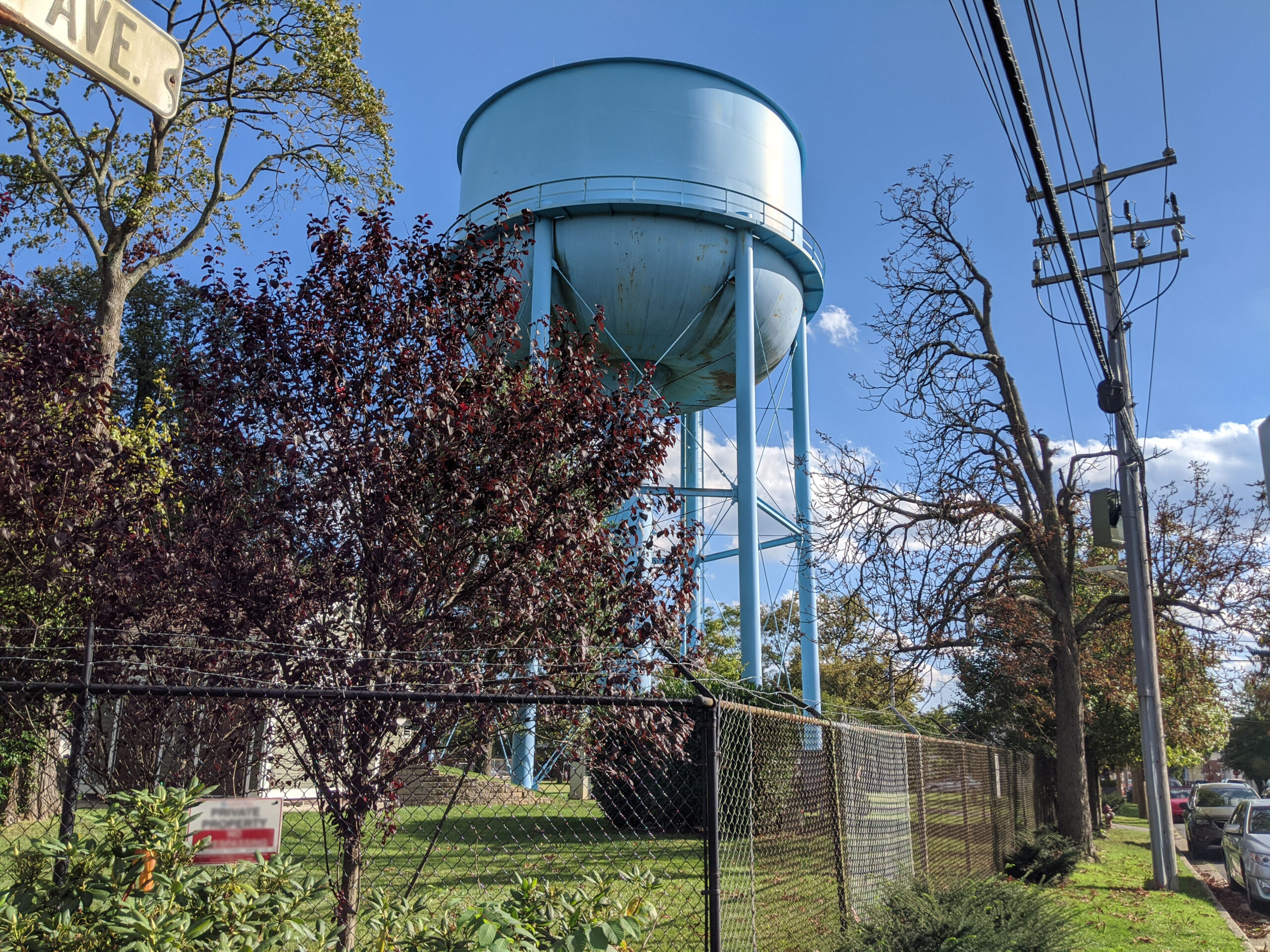How Do You Value the Resiliency of Utilities?
Written by: Nikita Oarcea & Matthew Krumholtz
Publicly and privately owned utilities in the United States spend billions of dollars per year to meet the water, wastewater, electric, broadband, and other needs of the country. With the increased frequency and severity of threats to these vital services, resiliency has become a major factor for related spending. However, how do you value the investments and enterprise of this resiliency in utilities? Customer service levels, capital improvements, rates and fees, and the actual valuations of these benefits are now getting more attention.
The resiliency of a system is determined by how well it can anticipate, absorb, adapt to, and recover from threats. It becomes difficult to value the resiliency of a system due to the uncertainties of future interruptions. Currently, there is no widely accepted valuation tool for resiliency. On February 22, 2022, the National Association of Regulatory Utility Commissioners (NARUC) and the National Association of State Energy Officials (NASEO) released a report that reflected on the available resilience valuation approaches. The report provided insight into how different states value resiliency, as well as a breakdown of the different valuation tools available for use.
How do utilities improve resiliency?
To illustrate this topic, the value of resiliency of an electric grid can be examined. One of the main ways to increase the resiliency of an electric grid is to incorporate microgrids at the local level. A microgrid is a local energy grid with control capability, which means it can disconnect from the traditional grid and operate autonomously. An area serviced by a microgrid will experience minimal effects, if any, during service interruptions from the main grid. This decreases the total number of customers affected by electrical grid threats and minimizes outages of critical infrastructure, such as water treatment facilities and emergency services.
What are the methods to determine resilience valuation?
There are two approaches that valuation tools and models fall into: bottom-up and economy-wide. Bottom-up approaches look at customer behavior or site-specific factors to assess the resiliency value. Economy-wide approaches measure how economic performance across a defined region and sector(s) is affected by service interruptions. Each tool and model from either category will have different advantages and disadvantages based on what or who it is used for. One state organization may need a model that focuses on the cost-benefit of a singular resiliency project, while another organization may need a model that looks at how reasonable an investment into a resiliency program actually is.
One of the commonly used tools for electric grid valuation is the United States Department of Energy’s Interruption Cost Estimate (U.S. DOE’s ICE) Calculator. It works well for estimating the costs of power interruptions that last less than 24 hours, and ICE version 2.0 is expected to be released in 2023. For water, wastewater, and stormwater utility valuation, the Environmental Protection Agency’s Climate Resilience Evaluation and Awareness Tool (EPA’s CREAT) may be used. This tool assesses climate-related risks to the utility’s assets and operations.
What are the states doing related to resiliency?
Most states have their own regulations and legislation regarding resiliency. In 2018, California introduced a law that called on the California Public Utilities Commission (CPUC) to ease the commercialization of microgrids due to the increasing threats to the electric grid by forest fires. In 2021, Rhode Island and Wisconsin joined Connecticut, Maryland, Massachusetts, New Jersey, and New York by introducing State Energy Office-administered programs to improve resilience. Most of these states’ resiliency regulations and legislation are aimed at using microgrids. However, attaining approvals for microgrids can still be challenging due to the current limitations on the valuation tests and models.
The resiliency valuation methods have improved over the years and continue to do so. However, the lack of a single model or tool causes a great amount of variability and inconsistency between state agencies. As these models improve, it is likely to see more consideration of resiliency for utility service.
If you need additional assistance understanding utility resiliency valuation, rate making, or other utility issues, please contact Walden by calling 516-588-6859.

Download Walden’s utility valuation guide here, and contact us at 516-588-6859 to learn more.
